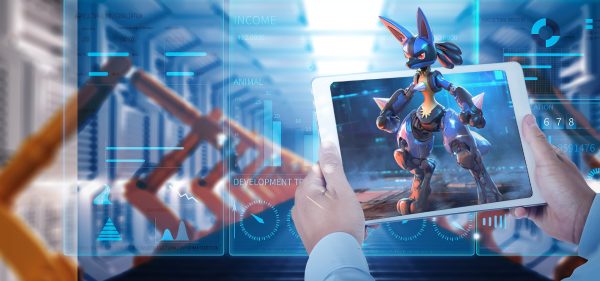A glasses free 3D display is an advanced technology that allows users to experience three-dimensional visuals without the need for special eyewear. This innovation is gaining popularity across various industries, including digital signage, medical imaging, and interactive entertainment. However, one of the primary concerns for businesses and consumers is the long-term maintenance cost of these displays. In this article, we will explore the factors influencing the maintenance costs, compare them with traditional 3D displays, and provide insights into the cost-effectiveness of investing in this technology.
The Components that Affect Maintenance Costs
A glasses free 3D display is composed of several key components, each contributing to its overall performance and maintenance requirements. Understanding these elements can provide clarity on the associated costs:
Autostereoscopic Display Panels
These are specialized screens that create the 3D effect by directing light to the viewer’s eyes at different angles. The maintenance of these panels typically involves:
- Pixel Maintenance: Over time, individual pixels may degrade, causing dead spots. The average replacement cost for high-resolution panels is around $200–$300 per square meter.
- Backlight Replacement: The LED backlights have an estimated lifespan of 30,000 to 50,000 hours. Replacing these lights can cost up to $150 for mid-range models.
Lenticular Lens or Parallax Barrier
These components are crucial for splitting the image to each eye, creating the 3D effect. Maintenance usually includes:
- Alignment Adjustments: Over time, lens alignment can shift due to physical impacts or thermal expansion. Calibration services typically cost about $100–$200 annually.
- Surface Cleaning and Protection: Regular cleaning is necessary to prevent dust and scratches that could distort the 3D image.
Software and Firmware Updates
A glasses free 3D display often requires regular software updates to maintain optimal performance and compatibility. Software maintenance contracts can range from $50 to $100 per year. Additionally, major firmware updates, which may include new features or enhanced 3D rendering capabilities, can cost $200–$300 depending on the manufacturer.

Comparing Maintenance Costs: Glasses Free vs. Traditional 3D Displays
When evaluating long-term costs, it is essential to compare glasses free 3D displays with traditional 3D display systems.
| Cost Aspect | Glasses Free 3D Display | Traditional 3D Display |
| Hardware Maintenance | Medium ($500/year) | Low ($300/year) |
| Peripheral Costs | None | High (glasses replacement: $50 each) |
| Software Updates | Medium ($100/year) | Low ($50/year) |
| Calibration Services | Medium ($100/year) | High ($200/year) |
| Total Annual Cost | $700–$800 | $600–$700 |
The table above illustrates that while glasses free 3D displays have slightly higher hardware maintenance costs, they eliminate the need for purchasing or replacing 3D glasses, balancing out long-term expenses.
Longevity and Durability
- One of the main factors affecting maintenance costs is the longevity of the display.
- Glasses free 3D displays are built to last between 5 to 8 years, depending on usage and environmental conditions.
- Proper maintenance, such as regular dusting, software updates, and careful handling, can extend this lifespan by 10–15%.
Unlike traditional displays, they are less prone to issues caused by mechanical components, as they do not rely on active shutter glasses or polarized lenses.
Is It Worth the Investment?
Investing in a glasses free 3D display can seem costly upfront, but the reduction in peripheral costs and maintenance simplicity makes it appealing for long-term use.
Here are some points to consider:
- Reduced Accessory Costs: With no need for 3D glasses, companies save on replacements and management.
- Less Wear and Tear: Fewer moving parts mean less risk of mechanical failure.
- Better User Experience: Enhanced viewing angles and user convenience drive greater engagement.
Conclusion
The long-term maintenance cost of a glasses free 3D display is moderately higher than traditional 3D systems, primarily due to advanced panel technology and calibration requirements. However, these costs are offset by the elimination of peripheral purchases and a longer lifespan. For businesses prioritizing user experience and long-term reliability, this technology presents a cost-effective solution that justifies its maintenance expenses.





